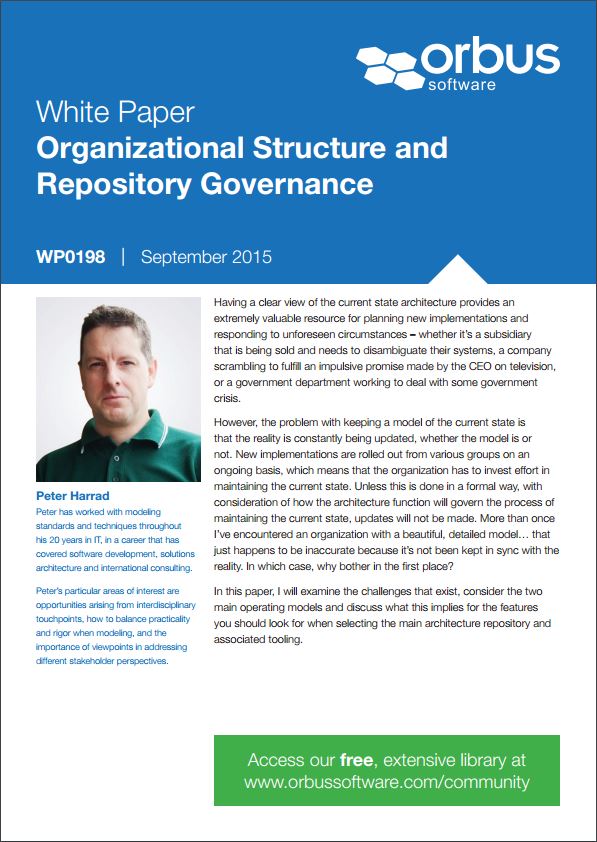A clear view of Current State Architecture is an invaluable resource for planning new implementations and responding to unforeseen circumstances.
Having a clear view of the current state architecture provides an extremely valuable resource for planning new implementations and responding to unforeseen circumstances – whether it’s a subsidiary that is being sold and needs to disambiguate their systems, a company scrambling to fulfill an impulsive promise made by the CEO on television, or a government department working to deal with some government crisis.
However, the problem with keeping a model of the current state is that the reality is constantly being updated, whether the model is or not. New implementations are rolled out from various groups on an ongoing basis, which means that the organization has to invest effort in maintaining the current state. Unless this is done in a formal way, with consideration of how the architecture function will govern the process of maintaining the current state, updates will not be made. More than once I’ve encountered an organization with a beautiful, detailed model… that just happens to be inaccurate because it’s not been kept in sync with the reality. In which case, why bother in the first place?
In this paper, Peter Harrad will examine the challenges that exist, consider the two main operating models and discuss what this implies for the features you should look for when selecting the main architecture repository and associated tooling.
Login to continue reading or register to download the paper today.
